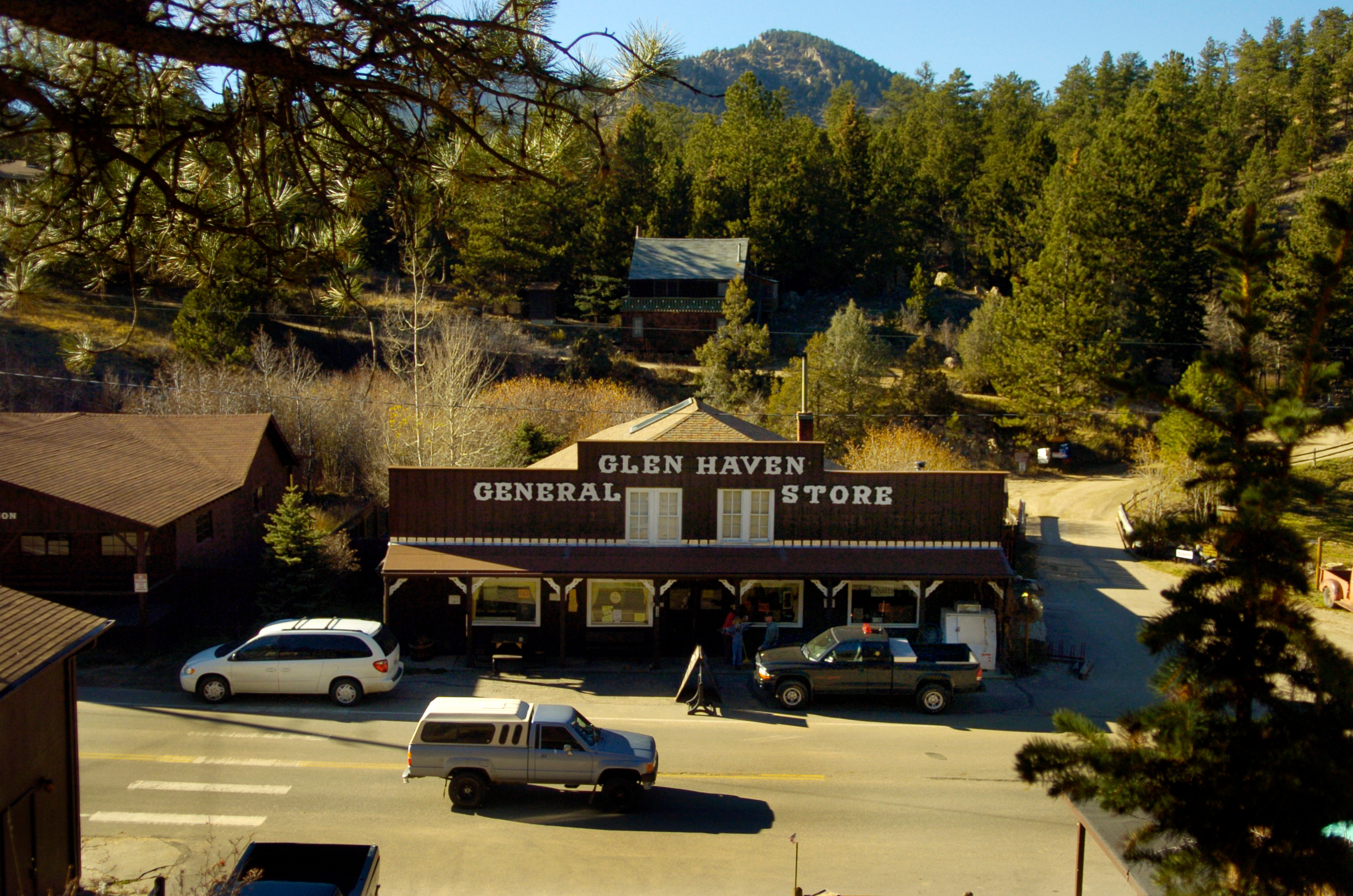Paradise, California; Louisville, Colorado; and now, Lahaina, Hawaii — all three are places where wind-driven catastrophic events took victims by total surprise as flames swallowed everything in their way without much warning.
The apocalyptic scenes are shocking, but the idea that a fire could destroy a town like Lahaina is no surprise to many fire scientists and experts who have been trying to sound this broader alarm for years.
"Everywhere burns. Everywhere burns," Flathead Hotshots Superintendent Shawn Borgen said nearly two years ago. "If you're in the forest, sooner or later it will burn. Now, will it be in your life? I don't know. But everywhere will burn."
You think it will never happen to you — until it does. And fire experts say this could happen anywhere.
"Unless you're living in the middle of a parking lot or something with no vegetation around you, or maybe if you're in a boat far offshore, but even then, you're going to be affected by wildfire smoke," said Phil Higuera, an ecology professor at the University of Montana.
Scripps News first reported on what’s known as the fire paradox last year. It’s the counterintuitive idea that you need controlled fire to prevent uncontrollable fire.
For nearly 100 years, it was Forest Service policy to suppress fire, but that led to a buildup of ground fuel like brush, branches and grasses.

Here's how you can help Maui residents amid deadly wildfires
Wildfires have ravaged Maui, leaving residents in need of donations, shelter and more.
"We've all been trying to call for a bigger investment in managing these fuels, reducing the fuels, doing firebreaks, things like this, fuel breaks around these communities — which are actions that need to be taken months in advance of these kind of bad fire weather conditions that we're seeing" said Clay Trauernicht, a fire scientist at the University of Hawaii.
It's why the Forest Service included more prescribed fires in its latest wildfire crisis strategy.
In the case of Hawaii, a wet season can cause plants like guinea grass to grow as quickly as six inches a day. Hot conditions dry it out and essentially turn it into kindling.
"In the past several decades as agriculture kind of declined — this is across the state — these spaces fill in with tons, literally tons, of fuel. And these grassy fuels are highly sensitive to quick, quick drying out and ... really easy to ignite," Trauernicht said.
Dense, overgrown fuels combined with a changing climate create a tinder box and a recipe for more disasters in more unexpected places.
"Those anomalous events keep adding up and adding up and adding up to where, eventually, anomalies are no longer anomalies," Borgen said. "Then they start becoming normal, and unless something changes, that's where we're headed."











